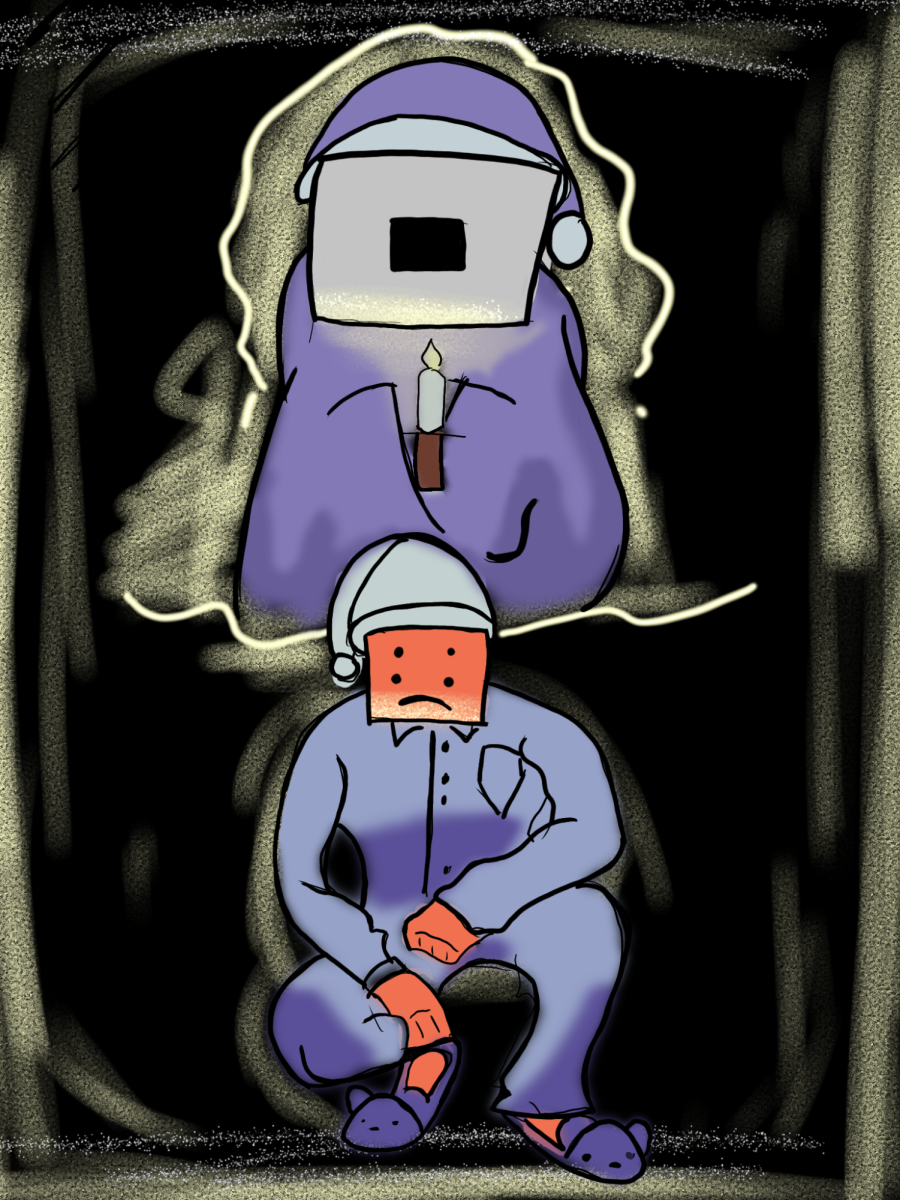Despite frigid winters, last year was the hottest average temperature in Texas history. However, state and Austin officials struggle to stop relying on energy generated by fossil fuels.
For decades, the Republican Party has controlled the Texas Legislature, and the impact of their conservative policies can be found in the oil fields and smoke-pouring power plants that continue to drive the state economy. While the United States and the rest of the world attempt to transition to renewable energy sources and reduce carbon dioxide emissions, Texas stands as a stark holdout, downplaying and ignoring climate change concerns as harmful industries continue to stay in power here. The horrible winter storms in 2021 and 2022 caused about 500 deaths, according to reports from the Texas Department of State Health Services and reporting from the Texas Tribune. This past year, Texas (and the rest of the world) broke an unfortunate record for the hottest annual average temperature in recorded history at 68.6 degrees Fahrenheit. And while that’s dreadful enough news, it’s important to consider that these are averages that include the extreme cold temperatures that now plague Texas every winter as climate change worsens.
So what have state leaders done to prevent more tragic weather-related deaths in the future? While it has worked to winterize its power stations successfully, it has also invested in more natural gas plants as a so-called precautionary measure against increased energy demand. While it could potentially solve the short-term issue of increased energy demand for heating, it fails to address the long-term issue of reducing the emissions that cause such extreme weather events. It also doesn’t account for energy demands during the weeks if not months of searing triple-digit summer days, demanding nearly the entire state’s supply of electricity and thus burning even more natural gas to meet demand.
To me, this stands as a perfect example of the state’s backward approach to handling the climate crisis: using the cheapest methods possible to delay the issue while ignoring protests against their lackluster response. After decades of denying the existence of climate change, instead of supporting transitions to cleaner sources of energy, the State’s Laissez-faire approach has been to double down on fossil fuel plants and help to expand their presence in “solving” the issue of the volatile climate they’ve helped to create.
But even if the conservative state government hasn’t taken meaningful steps to reduce fossil fuel emissions, what of the more liberal local Austin government? The city of Austin has been at the core of a shift to more liberal policies as the population rapidly grows from domestic migration from other major U.S. cities in the past five years. Since then, Austin has set a goal of reaching net zero emissions by the year 2040 as part of its Climate Equity Plan. However, even our city struggles to wean off of cheap fossil fuel energy during the recurring freezes and heat waves we’ve experienced this decade.
This is partly the fault of the Electrical Reliability Council of Texas (ERCOT), the state’s independent grid operator, for its shortsighted emergency energy measure of creating incentives for power plants to hold auxiliary power in case of emergency demand. While this might seem good on paper, most power plants now output at a lower capacity, raising both the price of electricity and making the proposition to pull out of cheap plants, like the Fayette coal-fired power plant east of Austin, a difficult choice. It grows even more difficult when city council members have to weigh customers of Austin Energy like ourselves growing displeased to see even higher price hikes for energy during periods of high demand when coal or natural gas could lower costs.
So what can be done about this? While no one person has a perfect non-disruptive plan to eliminate global warming, we can start by petitioning our current elected officials to prioritize legislation that reduces reliance on greenhouse gas emissions as well as turning out for local and state elections to choose officials that abide by the wishes of the people instead of powerful fossil fuel lobbyists.But what about the problems that are already here? No amount of incentives or technology short of capturing carbon or blotting out the sun will reduce the near-permanent damage already done to our climate and natural environment. Even the technologies I mentioned are either in such fledgling status they prove impractical or pose such risks to the natural ecosystems of Earth that some scientists refuse to research them. The most practical solution for the time being is to advocate for the state and cities of Texas to allocate funds to purchase snow equipment and infrastructure to combat the deep freezes of January and February. One of the most tragic aspects of the 2021 and 2022 storms besides the unprepared power generators was that Texas lacked equipment like snow plows and road salt found in northern states to keep homes accessible, halting necessary aid until equipment could arrive from other states.
To sum it all up, it’d be wise to start expecting more freezing winters and blistering hot summers that arrive earlier every year from now on. This means everyone, especially the state and city of Austin, should prepare emergency supplies and snow equipment from colder states in case of snow that can cripple our unprepared infrastructure. It’d also benefit us all to register and vote for candidates who will listen to our demands.









